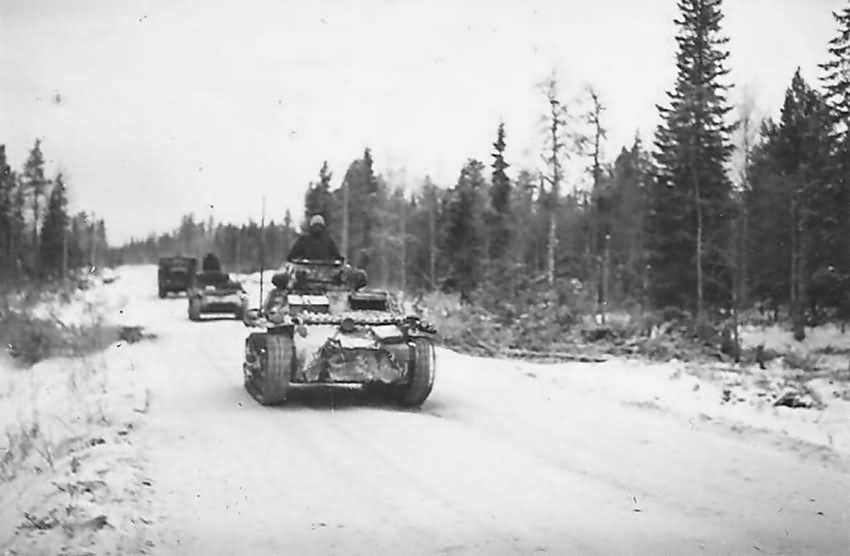As World War II progressed, the role of the Panzer I continued to evolve, reflecting its obsolescence as a frontline combat vehicle and its adaptation for other roles within the German military.
Deployment to Libya and the Balkans:
Panzer-Regiment 5, before its deployment to Libya in March 1941, received an additional 25 Pz.Kpfw.I Ausf.A tanks. This supplement was likely intended to bolster the unit’s strength, despite the tank’s limited combat capabilities. Later, another 25 Pz.Kpfw.I Ausf.A tanks were sent as replacements, along with 11 Pz.Kpfw.I Ausf.B tanks, which were allocated to the 3rd Company of the Panzer-Pionier-Battalion 33 of the 15th Panzer Division. These units participated in the early North African campaigns, where the Pz.Kpfw.I served in secondary roles due to its light armor and armament.
During the invasion of Greece and Yugoslavia in April 1941, six Panzer divisions were involved, but by this time, very few Pz.Kpfw.I tanks remained in their Panzer regiments. Notably, Panzer-Regiment 31 and Panzer-Regiment 33 each retained only 9 Pz.Kpfw.I (M.G.) tanks, indicating the model’s declining presence in frontline operations.
Operation Barbarossa:
At the start of Operation Barbarossa on 22 June 1941, the major campaign against the Soviet Union, there were still 337 Pz.Kpfw.I (M.G.) tanks distributed among 17 Panzer divisions. Most of these tanks were equipped with Abwurfvorrichtungen (demolition charge throwing devices) and assigned to the 3rd Company of their Panzer-Pionier-Battalions, which were specialized engineer units within the Panzer divisions. This highlights the transition of the Pz.Kpfw.I from a combat tank to a specialized support role.
Some Pz.Kpfw.I Ausf.B tanks remained with Panzer-Regiment 33 and the newly created Panzer-Regiments 18 and 39. However, there was still a shortfall of approximately 126 Pz.Kpfw.I (M.G.) tanks, primarily Ausf.A models, needed to fill organizational gaps in the expanding Panzer-Regiments 21, 27, and 29 of the 12th, 19th, and 20th Panzer Divisions.
The attrition rate for the Pz.Kpfw.I was high during Operation Barbarossa, with 172 tanks being total write-offs by the end of August 1941. As replacements were not forthcoming, these losses marked the gradual disappearance of the Pz.Kpfw.I from frontline service.
Post-1941 Adaptations:
From 1942 onward, both the Pz.Kpfw.I Ausf.A and Ausf.B were increasingly converted into Munitions-Schlepper (Sd.Kfz.111), an armored ammunition carrier, for use by Panzer-Jaeger-Abteilungen (anti-tank battalions). This conversion reflected the need to repurpose outdated equipment for logistical support roles rather than combat.
Despite its obsolescence, the Pz.Kpfw.I continued to be listed as a command tank in official German military tables of organization (K.St.N.) and was still issued to units as late as 1943. However, this was met with criticism from some commanders, particularly in self-propelled Panzer-Jaeger-Abteilungen, who found the Pz.Kpfw.I unsuitable as a command tank due to its cramped interior, which lacked space for essential radio equipment.
In summary, the Pz.Kpfw.I’s role shifted from a frontline combat vehicle to a support and command vehicle, reflecting its diminishing effectiveness in the increasingly mechanized and armored warfare of World War II.
